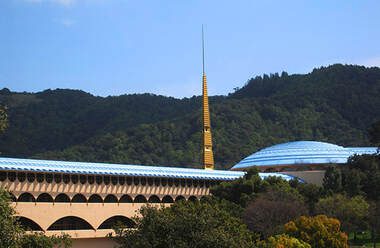The next phase, moving into the orange “tier 3,” would, for instance, allow Mill Valley restaurants, movie theaters and places of worship to operate at 50% capacity, a significant step forward to creating a business model that might actually pencil out. But although Marin could technically move into “tier 3” as early as Oct. 6 – counties must remain in the tier it’s placed in for at least three weeks and must meet the requirements of the next tier for two weeks – it’s highly unlikely to do so, County of Marin officials say. Here’s why:
It’s no secret that essential workers, the vast majority of whom live in the Canal neighborhood of San Rafael, have suffered disproportionately during the COVID-19 crisis, accounting for 70 percent of Marin’s coronavirus infections despite comprising just 16 percent of the population. That trend extends well beyond Marin and throughout the U.S., and state officials are planning to add an “equity metric” to its list of COVID-19 leading indicators to account for that fact.
Currently, a pair of indicators – the average number across one week of new coronavirus cases per day and the average percentage of positive tests – dictate what tier counties end up in within the state’s four-tiered risk status framework. An equity metric would compare a county’s COVID-19 percent positivity rate across low-income neighborhoods like the Canal and Marin City to more affluent neighborhoods.
Bridging that gap quickly looks like a daunting proposition, as the county’s recent positivity rate was 7.1% and that of the Canal neighborhood was 18%, and had been as high as 25%, according to county data.
“It’s always been our goal to limit the burden of COVID-19 in our community — now it’s everyone’s goal,” Omar Carrera, director of Canal Alliance, a nonprofit serving Marin’s largest Latino community, told the Marin Independent Journal this week. “If we don’t narrow the disparities, it hurts all of us.”
“While we look forward to hearing from the state about the specific details of the equity metric, we certainly support the concept of it,” said Paula Reynolds, co-director of the Mill Valley Chamber. “Reducing COVID’s disproportionate impacts within Marin would bolster our continued safe reopening, particularly with regard to avoiding another outbreak in the Canal given that its residents are essentially the backbone of the vast majority of service businesses in Marin.”
In his weekly report to the Marin County Board of Supervisors, Marin County Public Health Officer Dr. Matt Willis noted that state officials were still finalizing the new metric. “We don’t yet know what exactly will be measured and how frequently,” he said. “The state is looking to find a way to ensure that we are incorporating the goal of reducing disparities between communities. One of the dominant themes of the state has been the disproportionate of impact on essential workers.”
Willis told the Marin IJ that “it is possible we will continue to move forward, but I really think we should be focusing on maintaining the gains we’ve already achieved. I would define success here as maintaining our status in tier 2 for at least two months.”
“It’s going to be a challenge for every county,” Willis added. “What we’re being asked to do is to address deep historical inequities that drive differences in case rates between communities. The disproportionate impact of COVID-19 is just a symptom of a much larger societal issue.”

